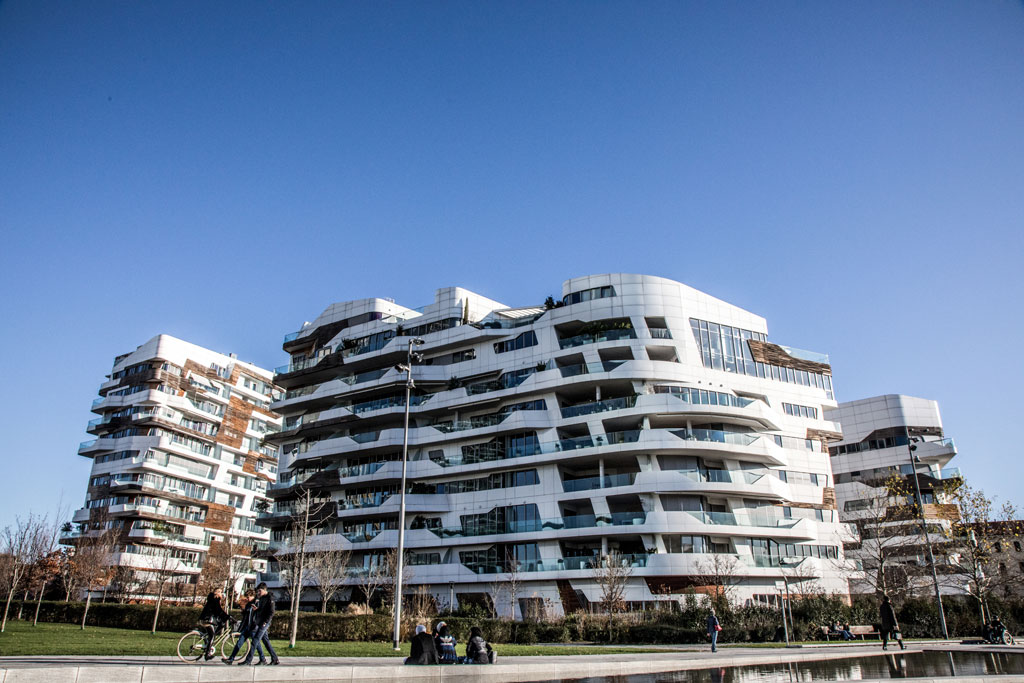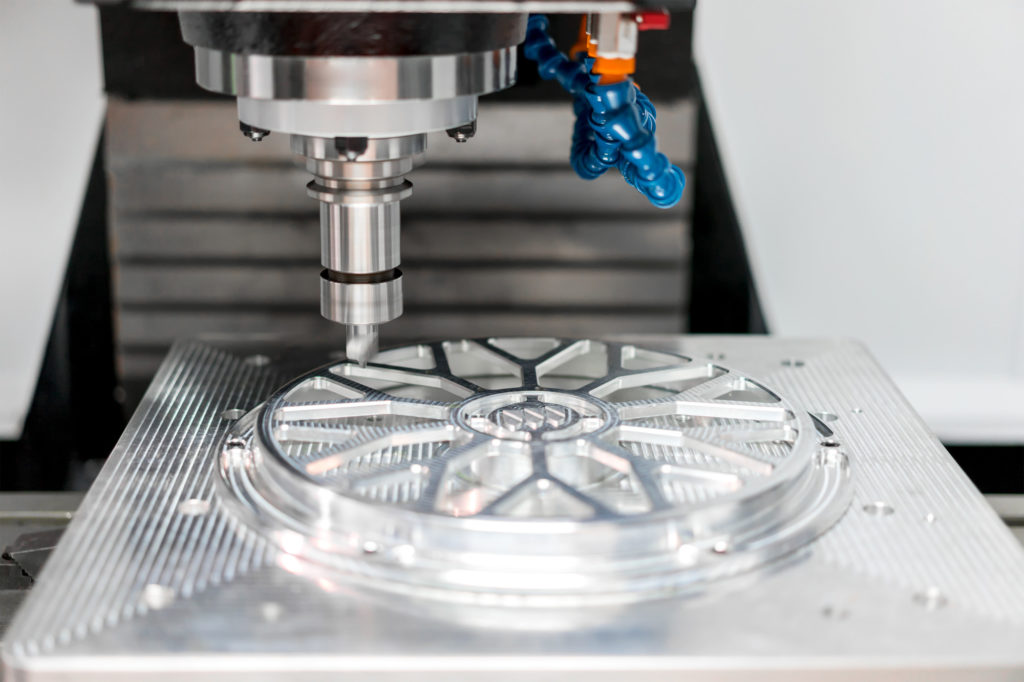Factors Affecting the Cost of Residential Complexes

With the rising cost of living in major cities, developers have been looking to build residential complexes outside of these areas. The problem is that this increases the price per square foot, and people are less willing to pay for it. So how can a developer increase their profits while still being able to construct residential complexes affordably? This blog post will discuss factors affecting the cost of constructing residential complexes.
- Land Prices
It is a well-known fact that it costs significantly more to build on land next to the city. This also increases the price of square feet and makes people hesitant about purchasing an apartment.
The solution here is simple: find cheap land outside of major cities where you can still reach your target market or expand outwards from existing residential complexes if they are located near metropolitan areas. The Aspen Greens Villa project is a prime example of this. The developer constructed the luxury complex by expanding outwards from their current locationwhich allowed them to still reach their target market without increasing prices too much.
- Number of Builders in the Area
The number of builders in an area affects your construction costs because it is difficult to attract workers if many projects are going on. It makes it much harder for you to compete, resulting in higher wages when you can find them. Look at large-scale builds around you that are causing this issue do they have many more buildings than yours? If so, see how many people are working on that project compared with yours.
- Type of Construction
Concrete versus steel frames. You may think this one is obvious – concrete buildings are cheaper to construct than those with steel. Well, there are ways around the price difference. Using metal studs instead of full-length steel beams and creating a cavity wall structure will reduce costs by up to 40%. The trick here is making sure that your design allows for this type of construction, or else it won’t work out as a cost effective in the long run.
- The Number of Units
In a smaller development, it is generally much easier to control costs. In this case, you can hire labor from within the company, which reduces your overall wages and ensures that everyone works in sync with each other towards one goal. Suppose there are too many units being built. In that case, it becomes difficult for workers to complete their tasks on time without sacrificing quality because they have no ownership over what they’re doing.
- Building Area
Building a smaller complex will lower your costs. Although there are some exceptions, most of the time, it is simply cheaper to make a small area than a large one due to the amount of space you need to heat and cool throughout construction and during occupancy.
It can also be more cost-effective in labor because they don’t have to move around so much every day. On top of that, all materials come with dimensional weight, which means that if you buy less, then you pay less for freight charges this makes up about 30-40% of overall project costs.








